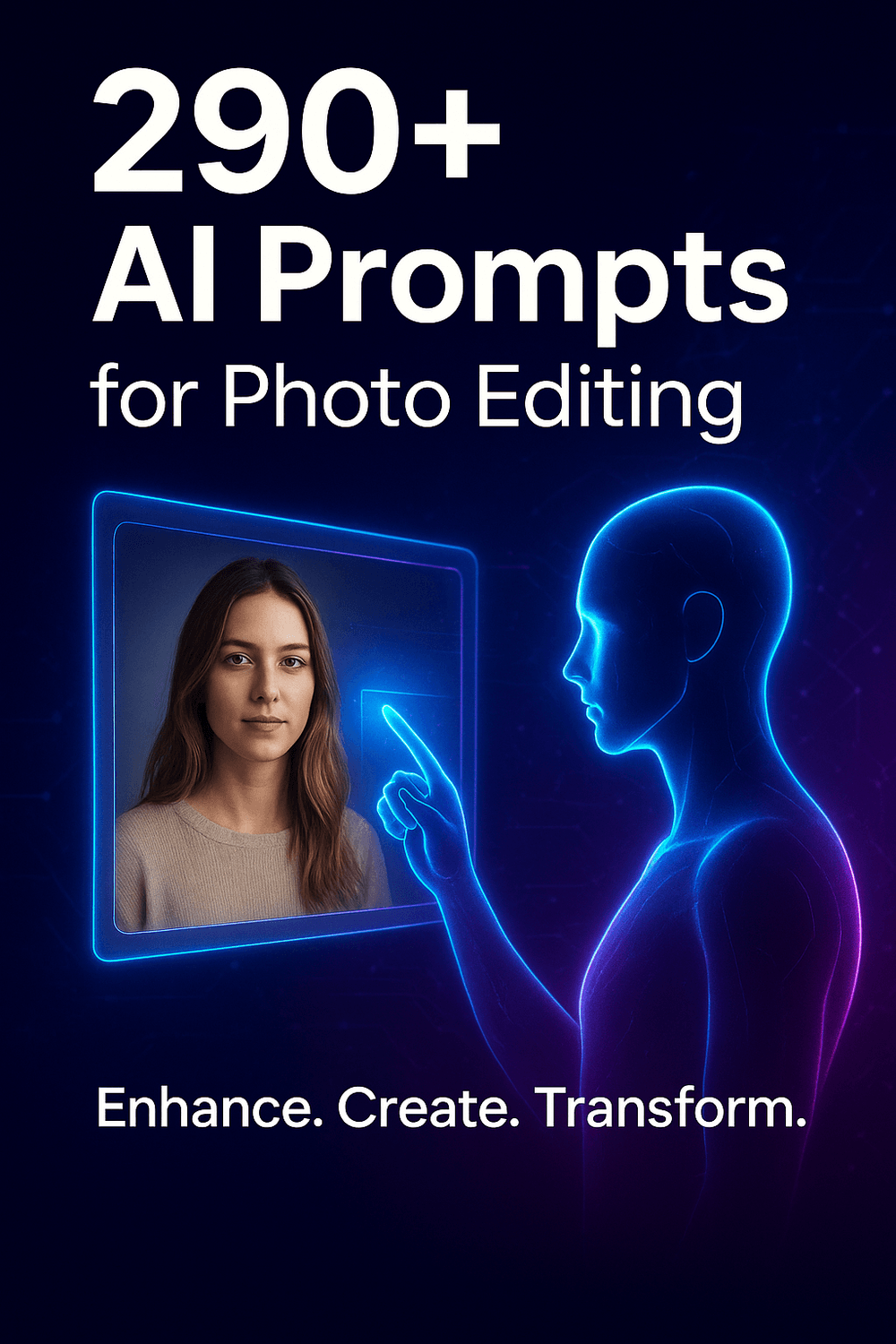The fusion of artificial intelligence (AI) and fashion retail marks a pivotal moment in the industry's evolution. This technological revolution changes how businesses operate and reshapes the entire shopping experience for consumers. From personalized recommendations to streamlined supply chains, AI's impact on fashion retail is far-reaching and transformative.
1. Introduction to AI in Fashion Retail
1.1 The convergence of technology and fashion
The fashion industry, long known for its creativity and innovation in design, now embraces cutting-edge technology to stay competitive. AI's integration into fashion retail represents a seismic shift, blending the art of style with the science of data-driven decision-making.
1.2 Key AI applications in the retail sector
AI finds numerous applications in fashion retail, including:
Personalized shopping experiences
Inventory management and demand forecasting
Virtual try-on solutions
Chatbots and customer service automation
Trend prediction and analysis
1.3 Benefits of AI adoption for fashion businesses
Fashion retailers leveraging AI enjoy several advantages:
Increased operational efficiency
Enhanced customer satisfaction and loyalty
Reduced costs and waste
Improved decision-making based on data insights
Faster time-to-market for new products
1.4 Challenges and considerations for implementation
While AI offers significant benefits, its adoption isn't without hurdles:
High initial investment costs
Need for skilled personnel to manage AI systems
Data privacy and security concerns
Integration with existing systems and processes
2. AI-Powered Personalization in Fashion
2.1 Virtual styling assistants and recommendations
AI-driven virtual stylists analyze customer preferences, body types, and past purchases to offer personalized outfit suggestions. These digital assistants enhance the shopping experience by providing tailored advice, much like an in-store personal shopper.
2.2 Customized product suggestions based on user preferences
By analyzing browsing history, purchase patterns, and user behavior, AI algorithms curate product recommendations that align with individual tastes. This personalization increases the likelihood of purchases and improves customer satisfaction.
2.3 Dynamic pricing strategies
AI enables retailers to implement dynamic pricing models that adjust in real-time based on demand, inventory levels, and competitor pricing. This optimization maximizes revenue while offering competitive prices to consumers.
2.4 Tailored marketing campaigns and communications
AI analyzes customer data to create highly targeted marketing campaigns. By understanding individual preferences and shopping habits, retailers can craft personalized messages that resonate with each customer, increasing engagement and conversion rates.
3. Enhancing the Shopping Experience with AI
3.1 Virtual try-on technology and augmented reality
Virtual try-on solutions powered by AI and augmented reality allow customers to visualize how clothes, accessories, or makeup will look on them without physically trying them on. This technology reduces returns and enhances the online shopping experience.
3.2 AI-driven chatbots for customer service
Intelligent chatbots provide 24/7 customer support, answering queries, offering product information, and even assisting with purchases. These AI assistants improve response times and customer satisfaction while reducing the workload on human customer service representatives.
3.3 Voice-activated shopping assistants
Voice-activated AI assistants enable hands-free shopping experiences. Customers can search for products, add items to their cart, and complete purchases using voice commands, making shopping more convenient and accessible.
3.4 Smart mirrors and interactive dressing rooms
In-store smart mirrors equipped with AI technology offer product recommendations, style advice, and even virtual try-ons. These interactive dressing rooms enhance the brick-and-mortar shopping experience, bridging the gap between online and offline retail.
4. AI in Fashion Design and Product Development
4.1 Trend forecasting and analysis
AI algorithms analyze vast amounts of data from social media, fashion shows, and consumer behavior to predict upcoming trends. This insight helps designers and retailers stay ahead of the curve and create products that resonate with their target audience.
4.2 Generative design tools for creating new styles
AI-powered generative design tools assist fashion designers in creating new styles and patterns. By inputting design parameters and preferences, these tools can generate numerous design variations, sparking creativity and accelerating the design process.
4.3 AI-assisted pattern making and prototyping
AI streamlines the pattern-making process by automating the creation of digital patterns based on design sketches. This technology reduces errors, saves time, and allows for quick iterations in the prototyping phase.
4.4 Sustainable design optimization
AI helps fashion brands optimize their designs for sustainability by analyzing materials, production processes, and supply chain data. This approach enables the creation of more eco-friendly products without compromising on style or quality.
5. Supply Chain Optimization through AI
5.1 Demand forecasting and inventory management
AI algorithms analyze historical sales data, market trends, and external factors to predict future demand accurately. This forecasting ability helps retailers optimize inventory levels, reducing overstock and stockouts.
5.2 Automated warehouse operations and robotics
AI-powered robots and automated systems streamline warehouse operations, improving efficiency in order fulfillment and inventory management. These technologies reduce errors, speed up processes, and lower operational costs.
5.3 Predictive maintenance for equipment
AI-driven predictive maintenance systems monitor equipment in production facilities and warehouses, anticipating potential failures before they occur. This proactive approach minimizes downtime and extends the lifespan of machinery.
5.4 Sustainable sourcing and supplier selection
AI assists in identifying and selecting suppliers based on sustainability criteria, helping fashion brands make more environmentally conscious decisions in their supply chain management.
6. AI-Driven Marketing and Customer Engagement
6.1 Predictive analytics for customer behavior
AI analyzes customer data to predict future behavior, enabling retailers to anticipate needs and preferences. This insight allows for proactive marketing strategies and improved customer retention.
6.2 Automated social media content creation
AI tools can generate and curate social media content, ensuring a consistent brand presence across platforms. These tools analyze engagement metrics to optimize content strategy and posting schedules.
6.3 Influencer Marketing Optimization
AI algorithms identify and match brands with suitable influencers based on audience demographics, engagement rates, and brand alignment. This data-driven approach maximizes the impact of influencer marketing campaigns.
6.4 Personalized email marketing campaigns
AI personalizes email marketing campaigns by analyzing customer data and behavior. This tailored approach results in higher open rates, click-through rates, and ultimately, conversions.
7. Fashion Retail Analytics and Business Intelligence
7.1 Real-time sales performance tracking
AI-powered analytics dashboards provide real-time insights into sales performance across channels. This immediate feedback allows retailers to make quick decisions and adjustments to their strategies.
7.2 Customer segmentation and lifetime value prediction
AI algorithms segment customers based on various factors, including purchasing behavior, preferences, and demographics. This segmentation helps in predicting customer lifetime value and tailoring marketing efforts accordingly.
7.3 Store layout optimization and foot traffic analysis
In physical stores, AI analyzes foot traffic patterns and customer behavior to optimize store layouts. This data-driven approach enhances the in-store experience and increases sales potential.
7.4 Competitive intelligence and market trend analysis
AI tools monitor competitor activities and market trends, providing valuable insights for strategic decision-making. This intelligence helps fashion retailers stay competitive and adapt quickly to market changes.
8. Ethical Considerations and Future Outlook
8.1 Data privacy and security concerns
As AI relies heavily on customer data, ensuring privacy and security becomes paramount. Fashion retailers must implement robust data protection measures and maintain transparency in their data usage policies.
8.2 Job displacement and workforce adaptation
The integration of AI in fashion retail may lead to job displacement in certain areas. However, it also creates new opportunities in AI management, data analysis, and customer experience roles. Retailers must focus on reskilling and upskilling their workforce to adapt to this technological shift.
8.3 Bias in AI algorithms and fairness in fashion
AI algorithms can inadvertently perpetuate biases present in training data. Fashion retailers must be vigilant in addressing these biases to ensure fair and inclusive recommendations and decision-making processes.
8.4 The future of AI in fashion retail: emerging trends and predictions
Looking ahead, we can expect:
More sophisticated virtual try-on experiences
AI-designed clothing lines
Hyper-personalized shopping journeys
Advanced sustainability optimization through AI
Integration of AI with other technologies like blockchain for enhanced transparency
9. Conclusion
The integration of AI in fashion retail heralds a new era of innovation, efficiency, and personalization. As the technology continues to evolve, it promises to revolutionize every aspect of the industry, from design and production to marketing and customer experience.
While challenges remain, the potential benefits of AI in fashion retail are immense. Retailers who embrace this technology thoughtfully and ethically will be well-positioned to thrive in the increasingly competitive and dynamic fashion landscape.
LATEST BLOG POSTS
© businesshub360.systeme.io
All rights reserved



